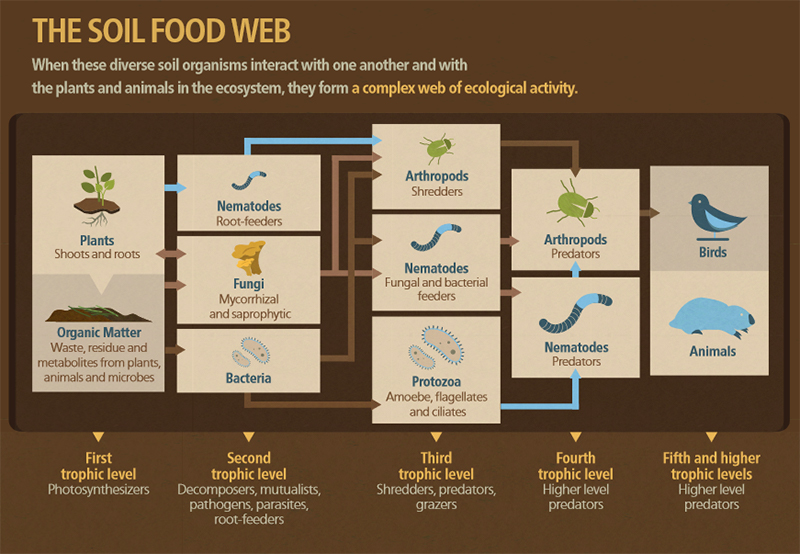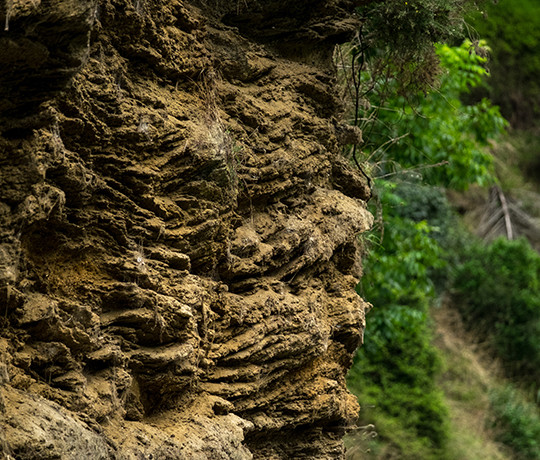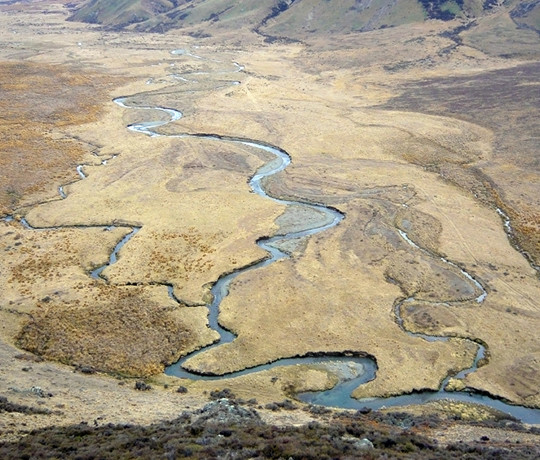Soil life: a diverse hotchpotch underground
The forgotten ecosystem
Soil is teeming with life, but life in soil has somewhat remained the ‘deep ocean’ of the land: Little is known about the myriad organisms below ground that interact with soil and the wider environment. Flora and fauna, plant roots and other organic substances, such as humus, contribute 2 to 10% of the total soil volume. The living fraction of soil – its flora and fauna, called the 'edaphon' – comprises a small percentage of this share.
Life in soil is not equally spread: it congregates in hotspots around roots and often occurs in the topsoil rather than in the subsoil. Access to nutrient sources and water attracts the edaphon. As a result, habitat spaces in soil are diverse: different organisms favour different conditions, wet or dry, acidic or alkaline, clay textured or sandy. Some organisms form symbiotic relationships to support each other, while others compete, fighting for the same resource.
A quarter of global biodiversity is found in the soil, yet only an estimated 1% of all species in soil have been identified1. The soil fauna (animal life) is usually categorised by size into micro-fauna (2 to 200 µm), meso-fauna (200 to 2,000 µm) and macro-fauna (over 2,000 µm).
Single-celled organisms, protozoans, are the smallest unit of soil fauna, and like millions of other soil organisms they remain invisible to the human eye. Meso- and macro-fauna, centipedes, insect larvae and earthworms can eventually be glimpsed by the careful observer.
The soil flora includes all three basic domains of cellular life on earth: bacteria, archaea and eukaryotes2. Differences between these domains occur on the cellular level. Common representatives of soil flora are bacteria, fungi, algae and lichens.
The constellation of species, organisms and life in soil never remains constant. It is subject to continuous change, and can be activated and accelerated, paused or even disrupted by natural and human factors, such as pollutants and pesticides, or inappropriate soil management.
Soils Are Living!
Soil is a living, dynamic natural resource. It helps us sustain life--our food, clothing and shelter come from soil. But soil doesn't do it's job alone. Animals large and small--including microscopic--live in soil. This biodiversity is critical to a healthy world (Soil Science Society of America).
Bioreactor soil
Flora and fauna in soil are power plants of production. They can be seen as the 'engine' of soil formation, enabling soil to function as a bioreactor that mineralises, transforms and re-formats organic and inorganic substances.
The cycling and transformation of matter underground is biogeochemically complex: organic compounds can break down into simpler molecules or be recycled to form new substances. The break-down and recycling of organic compounds also supports the storage or 'sequestration' of carbon in soils.
Once photosynthesised from atmospheric carbon dioxide, carbon accumulates in plant litter, humus and residues. Microbes access these carbon pools and are responsible for the first metre of soil comprising three times more carbon than is retained in living biomass above-ground: Globally some 1,500 billion tonnes3. Microbial action makes soil the biggest storage tank of terrestrial carbon, and while microbial activity drives soil carbon and nitrogen cycles, it also offers a range of other ecosystem services – all provided at the same time.
So you could say that life in soils is truly multi-tasking. Just remember this next time you are holding a handful of soil.
1 Bartz et al. (2015). Soil Atlas 2015 - Facts and figures about earth, land and fields. Heinrich Boell Foundation. Institute for Advanced Sustainability Studies. Potsdam, Germany. 4th edition -> states 2/3 of the global biodiversity to life in soils. Instead: Orgiazzi et al. (2016). Global Soil Biodiversity Atlas. European Commission, Publications Office of the European Union, Luxembourg, 176 pp. state 1/4 of the global biodiversity to be found in soil.
2 Scheffer & Schachtschabel (2010). Lehrbuch der Bodenkunde. 16th edition. // Blum (2007). Bodenkunde in Stichworten. 6th edition.
3 Smith et al. (2014): Agriculture, Forest and Other Land Use (AFOLU). In: Climate Change 2014: Mitigation of Climate Change. Contribution of Working Group III to the Fifth Assessment Report of the Intergovernmental Panel on Climate Change [Edenhofer et al. (eds.)]. Cambridge University Press, Cambridge, UK and New York, USA.



